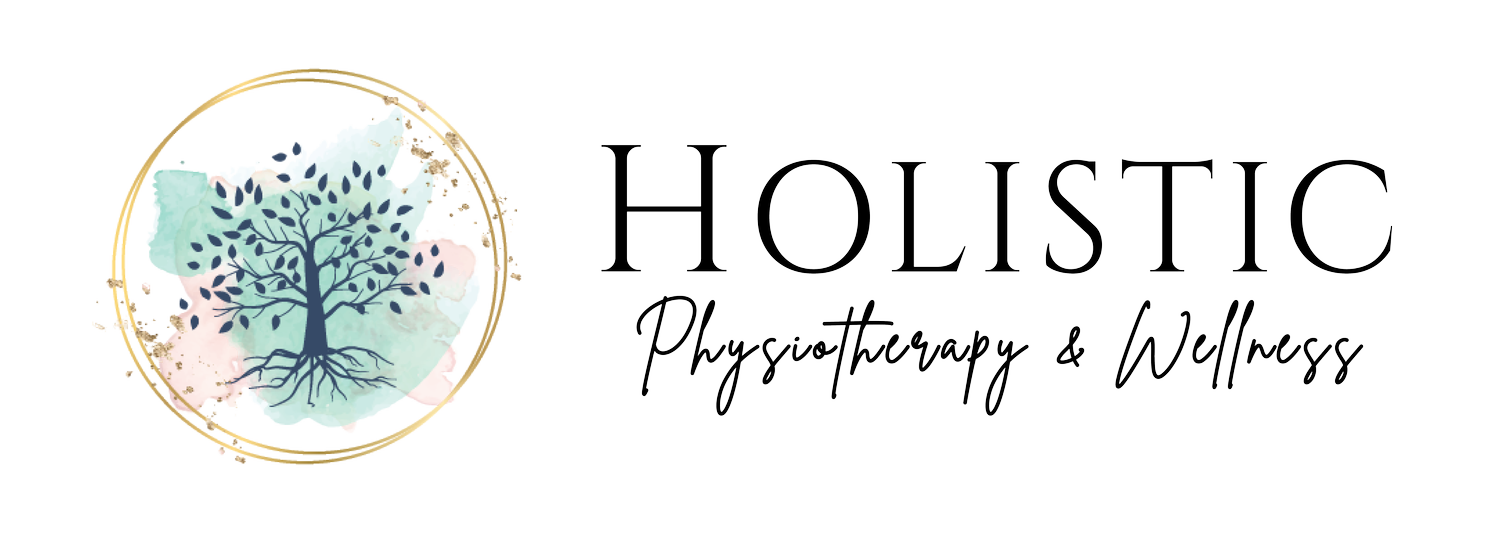Hydrotherapy over the Holidays
Written by Dr. Stephanie Liebrecht, BSc, ND | December 7, 2021
Hydrotherapy over the Holidays… and all Winter long.
The use of water therapy (hydrotherapy) for healing has been used by people for centuries. It became revitalized during the nature cure movement in Germany in the 19th century, which nature cure has 5 pillars to health: living a balanced lifestyle, herbal medicine, exercise, nutrition, and hydrotherapy. The nature cure movement sparked the creation of naturopathic medicine, and it’s principles including hydrotherapy are still being taught in naturopathic colleges today.
Hydrotherapy is something I recommend for some of my patients, and it can easily be done at home by anyone for general health benefits! Below I have listed 3 different ways you can use hydrotherapy at home over the winter.
Steam Inhalation
A steam inhalation can be used during times of a cough, cold, or other times of sinus and/or lung congestion. Instructions:
1. Fill a medium sized bowl with steaming hot water.
2. Add a few drops of essential oil if you’d like. Ex: Eucalyptus to help loosen mucous.
3. Place the bowl on a table and sit in front, so you can bend your head over the bowl.4. Pull a towel over your head and bowl to trap the steam, and inhale the steam from
the bowl. Be careful that the steam does not burn your skin.
5. Inhale for 10 minutes. Do daily until congestion resolved.Warming Socks
I recommend warming socks before bed when someone is feeling under the weather. Read the instructions and find out below how it works:
1. Do this before getting into bed at night. You will need: a pair of thin cotton socks, a pair of wool socks.
2. Soak a pair of thin cotton socks with cold water, and wring out. I personally like to then put them in the freezer for 15 minutes to get extra cold!
3. While waiting, make sure your feet are warm. If your feet are cold, warm them up under warm water from the bath/shower.
4. Put the cold cotton socks on your warm feet, then pull the wool socks over top. Get into bed and go to sleep! Make sure you are warm throughout the night.5. The wet cotton socks will be dry in the morning.
How it works: the body increases circulation to warm the feet, which improves blood circulation throughout the whole body and improves lymphatic drainage.
Contrast Showers
This is a popular therapy done everywhere from spas/wellness centres to your own shower. This form of hydrotherapy uses contrasting temperatures of water to stimulate circulation throughout the body by alternating between hot and cold temperatures. The cold temperature causes vasoconstriction, and the hot temperature causes vasodilation. When they are alternated, it creates a pronounced pumping affect in the circulatory system, therefore promoting more blood flow.
You can easily do this at home in the shower, but I have also done this by sitting in a hot tub then getting into cold lake water! Here’s how to do it at home:
1. In the shower, plan to alternate between very warm/hot water and very cold water. The more drastic the change in temperature, the better - BUT make sure you don’t burn yourself! If you don’t want to start by alternative between very warm and very cold, you can also work your way up to it.
2. Make sure Follow a 3:1 ratio - 30 seconds hot, 10 seconds cold. If you can tolerate the cold, you can even do 3 minutes hot, 1 minute cold.
3. Stand in the shower so the water is directed towards your chest. Start with 30 seconds (or 3 minutes) hot water, followed by 10 seconds (or 1 minute) cold. Alternate 4 times.
4. End on cold. This promotes your body to increase circulation to warm itself up.
Dry off. Make sure you in a warm room afterwards.
Bonus! Summertime Adventure
Have you been to Manitou Beach? The first time I went was in 2017 when I attended a
naturopathic conference in Manitou. Each morning was started with a plunge in the
lake to take advantage of the benefits the waters have to offer. Often referred to as
Canada’s Dead Sea, Manitou Lake is rich in minerals that are considered to heal
wounds, soothe arthritis, and relax the muscles. Manitou Lake is such a fascinating
place to have right in our own back yard, that if you haven’t been I would highly
recommend it for your next day at the beach!
Dr. Stephanie Liebrecht
Naturopathic Doctor


